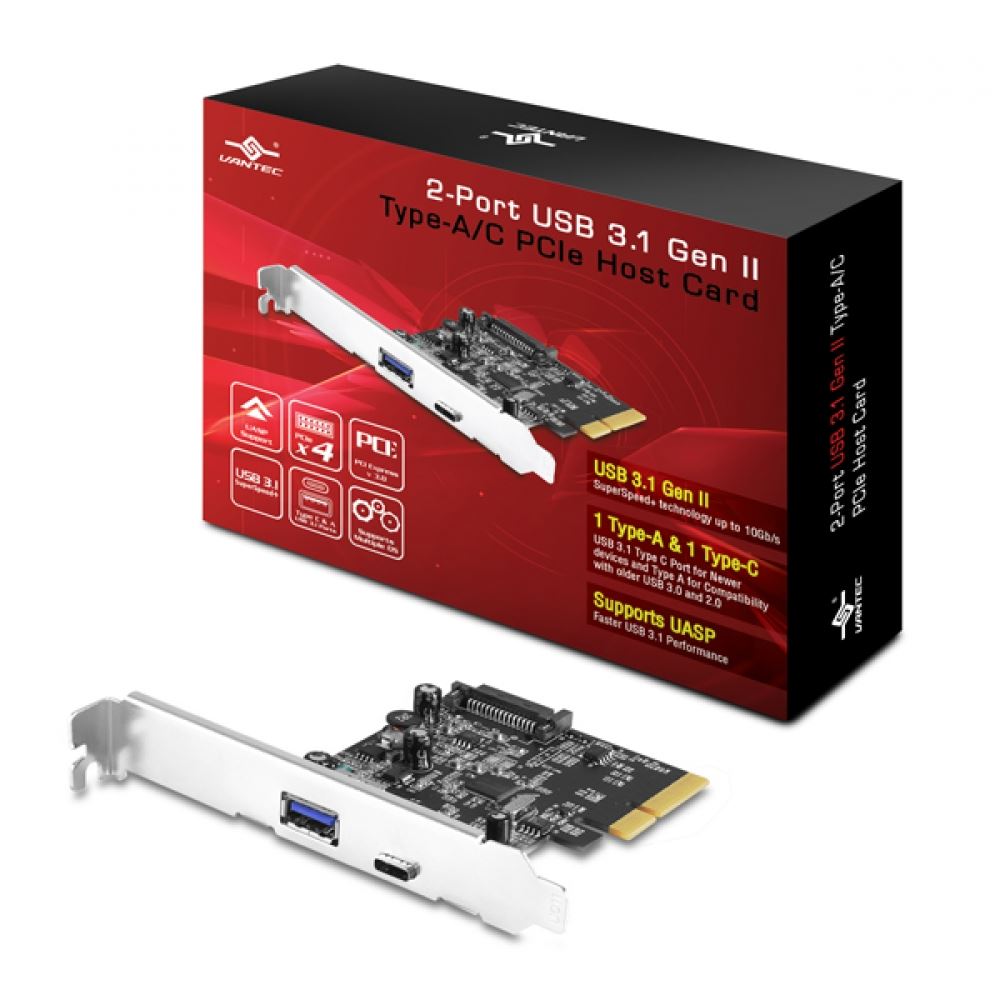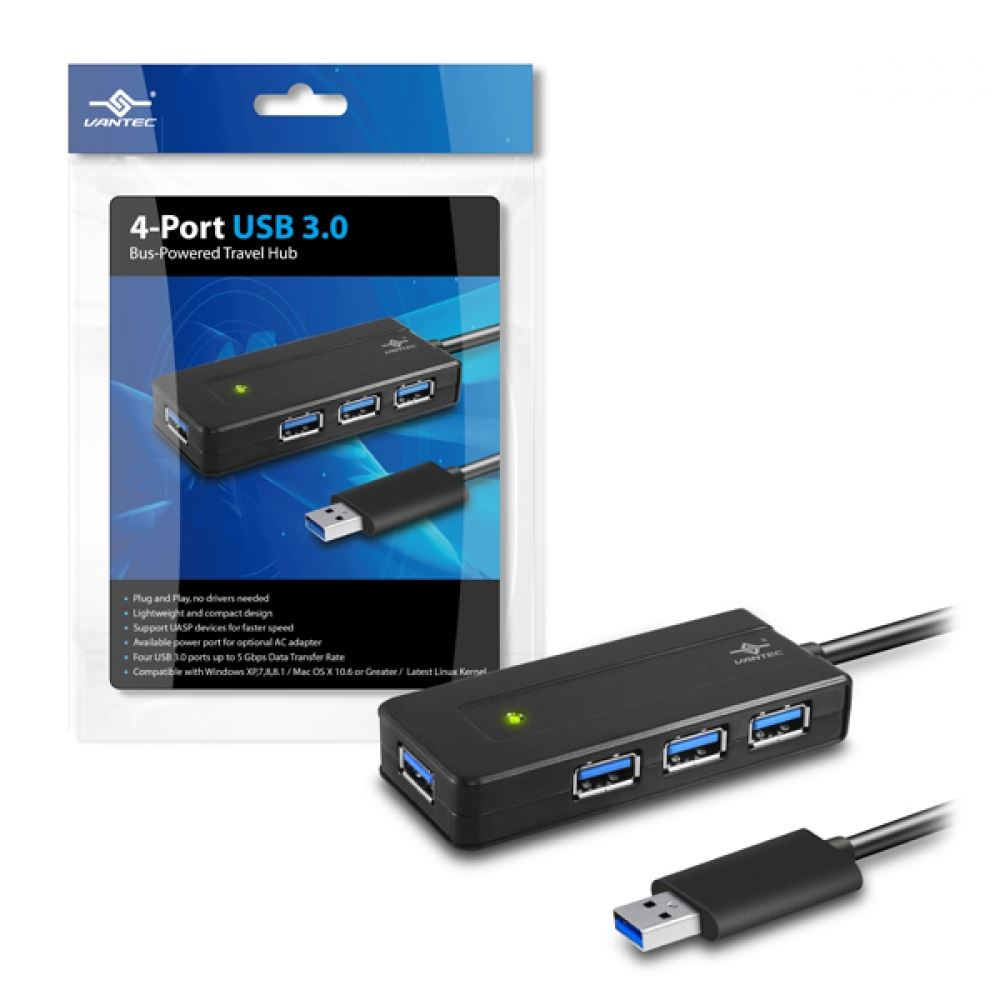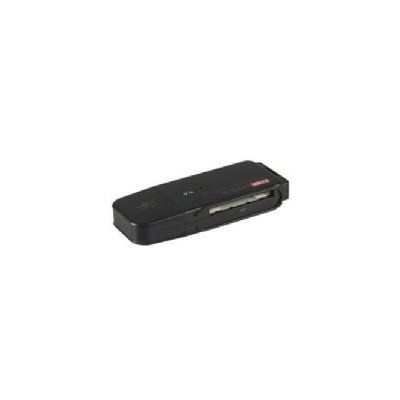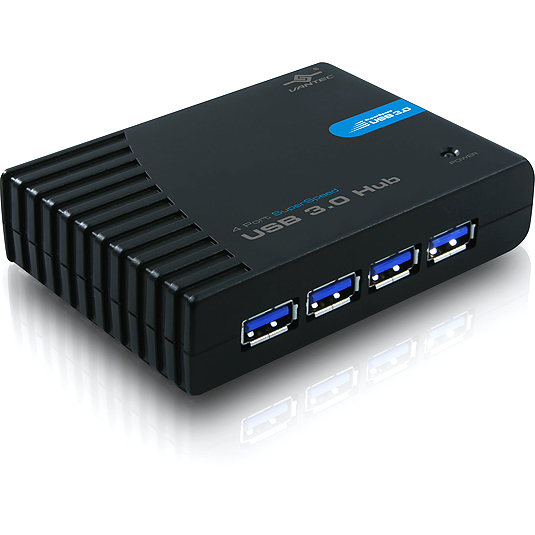Support all OS with USB 3.0 and recommended USB 3.0 Port for maximum performance No Drivers needed, just Plug and devices will be ready for use Clear HUB power LED Indicator Backward Compatible with all legacy USB 2.0 and 1.1 devices Anti-Slip Rubber Feet; comes with wall/desk mount kit. If drivers were not downloaded automatically by Windows Update, use Device Manager to refresh the driver from Windows Update, or contact the device manufacturer. I’m Moli, your virtual agent. I can help with Moto phone issues.
-->The driver samples in this directory provide a starting point for writing a custom USB driver for your device.
| Sample | Description |
|---|---|
| KMDF Bus Driver | Demonstrates how to use KMDF for a bus driver with the OSR USB-FX2 device. |
| Sample KMDF Function Driver for OSR USB-FX2 | Demonstrates how to perform bulk and interrupt data transfers to a USB device. The sample is written for the OSR USB-FX2 Learning Kit. |
| USB Function Client Driver | A skeleton sample driver that shows how to create a Windows USB function controller driver using the USB function class extension driver (UFX). |
| Sample UMDF Filter above KMDF Function Driver for OSR USB-FX2 (UMDF 1) | Demonstrates how to load a UMDF filter driver as an upper filter driver above the kmdf_fx2 sample driver. The sample is written for the OSR USB-FX2 Learning Kit. |
| Sample UMDF Filter above UMDF Function Driver for OSR USB-FX2 (UMDF 1) | demonstrates how to load a UMDF filter driver as an upper filter driver above the umdf_fx2 sample driver. The sample is written for the OSR USB-FX2 Learning Kit. |
| UMDF 1 Function Driver | A User-Mode Driver Framework (UMDF 1) driver for the OSR USB-FX2 device. It includes a test application and sample device metadata, and supports impersonation and idle power down. |
| UMDF 2 Function Driver | A User-Mode Driver Framework (UMDF 2) driver for the OSR USB-FX2 device. It includes a test application and sample device metadata, and supports impersonation and idle power down. |
| Usbsamp Generic USB Driver | Demonstrates how to perform full speed, high speed, and SuperSpeed transfers to and from bulk and isochronous endpoints of a generic USB device. |
| USBView | A Windows application that allows you to browse all USB controllers and connected USB devices on your system. |
| WDF Sample Driver Learning Lab for OSR USB-FX2 | Contains a console test application and a series of iterative drivers for both KMDF and UMDF version 1. |
| UcmCxUcsi Port Controller Client Driver | Demonstrates how to create a Windows USB Type-C port controller driver using the USB Connector Manager class extension driver (UcmCx). |
| UcmTcpciCx Port Controller Client Driver | Demonstrates how to create a Windows USB Type-C port controller driver using the USB Connector Manager Type-C Port Controller Interface class extension driver (UcmTcpciCx). |
| UcmUcsiCx ACPI Client Driver | Demonstrates how to create a UCSI-compliant (ACPI transport) Windows USB Type-C port controller driver using the USB Connector Manager class extension driver (UcmCx). |
If your computer doesn't recognize your connected device, you might see an unknown error or a '0xE' error. If you do, follow these steps and try to connect your device again after each step:
- Make sure that your iOS or iPadOS device is unlocked and on the Home screen.
- Check that you have the latest software on your Mac or Windows PC. If you're using iTunes, make sure you have the latest version.
- Make sure that your device is turned on.
- If you see a Trust this Computer alert, unlock your device and tap Trust.
- Unplug all USB accessories from your computer except for your device. Try each USB port to see if one works. Then try a different Apple USB cable.*
- Restart your computer.
- Restart your device:
- Try connecting your device to another computer. If you have the same issue on another computer, contact Apple Support.
For more help, follow the steps below for your Mac or Windows PC.
* Learn how to connect iPad Pro (11-inch) or iPad Pro 12.9-inch (3rd generation) to your computer.
If you use a Mac
- Connect your iOS or iPadOS device and make sure that it's unlocked and on the Home screen.
- On your Mac, hold down the Option key, click the Apple menu, and choose System Information or System Report.
- From the list on the left, select USB.
- If you see your iPhone, iPad, or iPod under USB Device Tree, get the latest macOS or install the latest updates. If you don't see your device or still need help, contact Apple Support.
If you use a Windows PC
The steps differ depending on if you downloaded iTunes from the Microsoft Store or from Apple.
If you downloaded iTunes from the Microsoft Store
Follow these steps to reinstall the Apple Mobile Device USB driver:
- Disconnect your device from your computer.
- Unlock your iOS or iPadOS device and go to the Home screen. Then reconnect your device. If iTunes opens, close it.
- Click and hold (or right-click) the Start button, then choose Device Manager.
- Locate and expand the Portable Devices section.
- Look for your connected device (such as Apple iPhone), then right-click on the device name and choose Update driver.
- Select 'Search automatically for updated driver software.'
- After the software installs, go to Settings > Update & Security > Windows Update and verify that no other updates are available.
- Open iTunes.
Drivers Ugt Usb Devices Free
If you downloaded iTunes from Apple


Follow these steps to reinstall the Apple Mobile Device USB driver:
- Disconnect your device from your computer.
- Unlock your iOS or iPadOS device and go to the Home screen. Then reconnect your device. If iTunes opens, close it.
- Press the Windows and R key on your keyboard to open the Run command.
- In the Run window, enter:
%ProgramFiles%Common FilesAppleMobile Device SupportDrivers - Click OK.
- Right-click on the
usbaapl64.inforusbaapl.inffile and choose Install.
You might see other files that start withusbaapl64orusbaapl. Make sure to install the file that ends in .inf. If you’re not sure which file to install, right-click a blank area in the File Explorer Window, click View, then click Details to find the correct file type. You want to install the Setup Information file. - Disconnect your device from your computer, then restart your computer.
- Reconnect your device and open iTunes.
If your device still isn't recognized
Check Device Manager to see if the Apple Mobile Device USB driver is installed. Follow these steps to open Device Manager:
- Press the Windows and R key on your keyboard to open the Run command.
- In the Run window, enter
devmgmt.msc, then click OK. Device Manager should open. - Locate and expand the Universal Serial Bus controllers section.
- Look for the Apple Mobile Device USB driver.

If you don't see the Apple Mobile Device USB Driver or you see Unknown Device:
- Connect your device to your computer with a different USB cable.
- Connect your device to a different computer. If you have the same issue on another computer, contact Apple Support.
If you see the Apple Mobile Device USB driver with an error symbol:

If you see , , or next to the Apple Mobile Device USB driver, follow these steps:
Best Usb Devices
- Restart the Apple Mobile Device Service.
- Check for and resolve issues with third-party security software, then restart your computer.
- Try to install the
usbaapl64.inforusbaapl.inffile again.